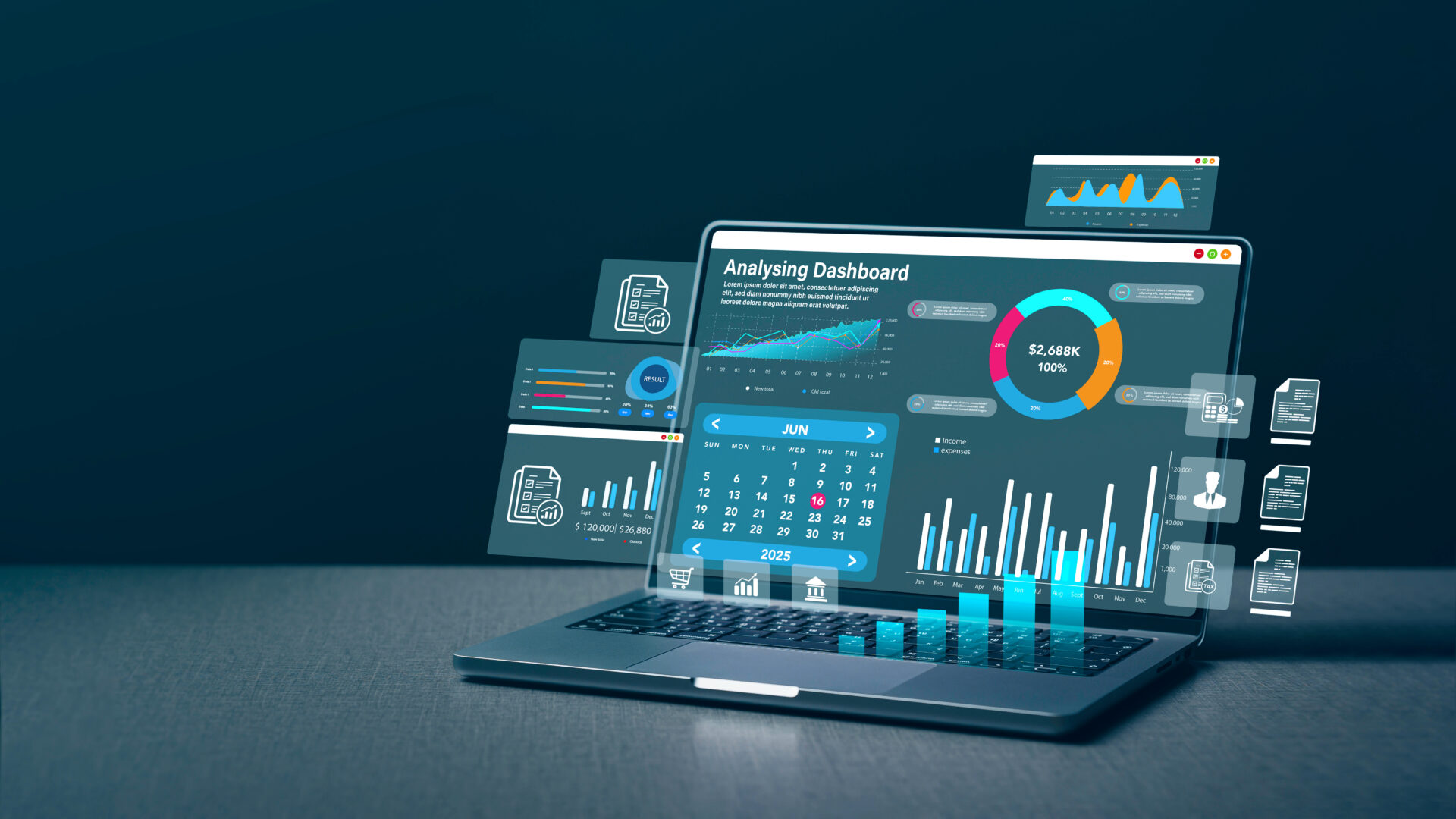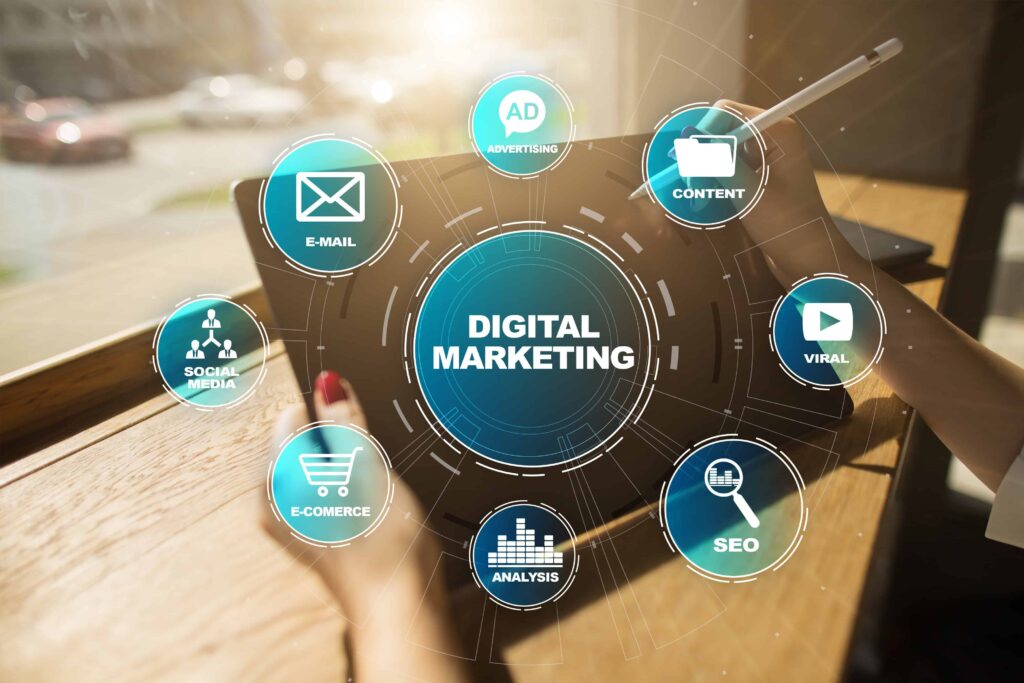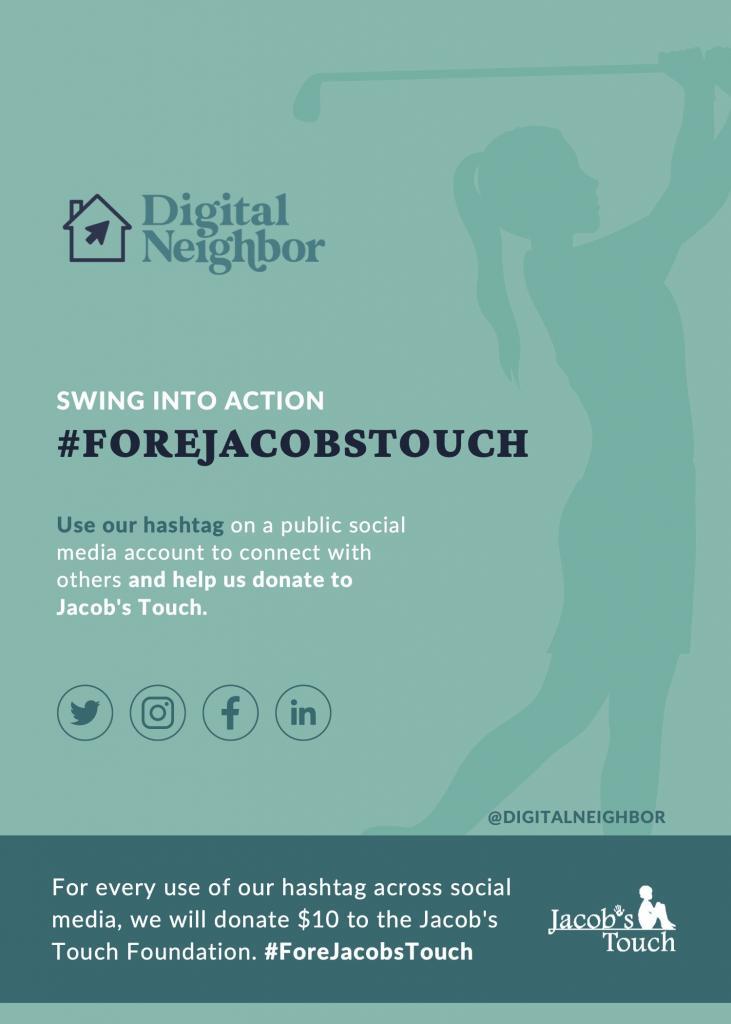How to Earn AI Citations, Build Trust, and Sign More Cases
Legal shoppers now ask questions in AI search and chat, then click a few trusted sources. Your job isn’t only to “rank” but to become one of those sources. That means answer-ready pages, credible off-site citations, and simple KPIs your team can track.
Let’s clarify the goal: Appear where AI answers link out and turn those few, high-intent visitors into consults.
Important jurisdiction + ethics note
This guide uses general examples. Laws, procedures, and bar advertising rules vary by state (and sometimes county). Before publishing, verify all references for your jurisdiction, e.g., statutes of limitations, DUI administrative deadlines, alimony factors, and community vs. equitable division terminology. Ensure testimonials, case results, and “specialist/expert” language follow your state’s rules and include required disclaimers. When in doubt, get an ethics review.
What You’ll Get From This Guide
- Website templates that AI models can cite
- Schema code snippets you can plug into your site
- Practice-area FAQs and sample content
- Off-site PR strategies that get your name in trusted sources
- A 90-day content rollout calendar
- A plug-and-play outreach email
- Easy-to-use measurement worksheet and dashboard plan
- Two real-world case stories to show this system in action
Part 1: What to Publish on Your Site
1) Add Simple, Scannable Answers AI Can Use
For each practice page or blog post:
- Lead with a clear question as a heading (like “What is a contingency fee?”)
- Answer in 40–60 words using plain language.
- Use bullets and short paragraphs; aim for under 100 words per block.
- Add a 2–3 sentence summary near the top
- Include a short table if you’re comparing options or timelines
Examples you can copy:
Personal Injury
H2: What is a contingency fee for a car accident case in Florida?
Answer (55–60 words): A contingency fee means you pay no upfront legal fees. Your lawyer is paid a percentage of your recovery if you win or settle, plus case costs. In Florida, typical percentages range from 33⅓% to 40% depending on case stage and result. Ask about costs, caps, and how medical liens are handled.
Family Law
H2: How is marital property divided in Texas?
Answer (~55 words): Texas uses community property. Assets acquired during marriage are generally divided in a “just and right” manner, which may be 50/50 or adjusted based on income, fault, health, and future needs. Keep records for separate property (pre-marriage, gifts, inheritances) and watch for commingling.
Criminal Defense
H2: What should I do in the first 24 hours after a DUI arrest?
Answer (~55 words): Stay silent and call a lawyer immediately. Note deadlines for license challenges, save paperwork, write down what happened while it’s fresh, and avoid social media posts. Early counsel can influence charging decisions, evidence preservation, and license outcomes.
2) Show Proof Near Your Contact Forms
Add “evidence” close to your calls to action. This helps both people and AI trust what they see:
- Your bar number and licensed jurisdictions
- Awards or bar association memberships (with links)
- 2 or 3 short case summaries (Problem → Action → Result)
- A few recent reviews that name your city and practice area
- Disclaimers that keep things ethical and accurate
3) Internal Linking That Supports Answers
- Link your main practice pages to short FAQs and more detailed guides
- Use anchor text that matches common client questions
- Add a “See Also” section with 3–5 related questions at the bottom of each page

Part 2: Add Schema That Proves Your Credibility
Schema is like a digital name tag for search engines and AI tools. It helps them understand who you are, where you work, and what you specialize in.
You’ll want to add two types:
- LegalService schema on practice area pages
- Person schema on attorney bios
Schema helps AI pull your answers confidently, which helps you show up more.
We’ve included copy-paste examples below that you can modify for your firm.
LegalService (Practice Page Snippet):
{
“@context”: “https://schema.org”,
“@type”: “LegalService”,
“@id”: “https://www.yourfirm.com/#legalservice”,
“name”: “Your Firm, PLLC”,
“url”: “https://www.yourfirm.com/”,
“areaServed”: [“Tampa, Florida”, “Hillsborough County”],
“knowsAbout”: [“Car Accident Law”, “DUI Defense”, “Divorce”],
“address”: {
“@type”: “PostalAddress”,
“streetAddress”: “123 N Tampa St”,
“addressLocality”: “Tampa”,
“addressRegion”: “FL”,
“postalCode”: “33602”
},
“telephone”: “+1-813-555-0100”,
“sameAs”: [
“https://www.floridabar.org/mybarprofile/123456”,
“https://www.linkedin.com/company/your-firm”,
“https://www.superlawyers.com/”
],
“openingHoursSpecification”: [{
“@type”: “OpeningHoursSpecification”,
“dayOfWeek”: [“Monday”,”Tuesday”,”Wednesday”,”Thursday”,”Friday”],
“opens”: “08:30”,
“closes”: “17:30”
}],
“priceRange”: “$$”
}
Person (Attorney Bio Snippet):
{
“@context”: “https://schema.org”,
“@type”: “Person”,
“@id”: “https://www.yourfirm.com/attorneys/alex-rivera/#person”,
“name”: “Alex Rivera”,
“jobTitle”: “Partner”,
“worksFor”: {“@id”: “https://www.yourfirm.com/#legalservice”},
“url”: “https://www.yourfirm.com/attorneys/alex-rivera/”,
“alumniOf”: “University of Florida Levin College of Law”,
“hasCredential”: [
“Board Certified in Civil Trial”,
“Admitted: Florida, U.S. District Court (M.D. Fla.)”
],
“award”: [“Super Lawyers 2025”],
“sameAs”: [
“https://www.floridabar.org/mybarprofile/123456”,
“https://www.avvo.com/attorneys/33602-alex-rivera-123456.html”,
“https://www.linkedin.com/in/alex-rivera-esq/”
]
}
Optional robots.txt For AI Crawlers:
User-agent: GPTBot
Disallow: /wp-admin/
Allow: /faq/
User-agent: Google-Extended
Allow: /practice-areas/
Part 3: Get Featured Where AI Looks For Sources
AI engines trust websites from state bar associations, .gov and .edu domains, reputable legal directories, and local news sources.
Prioritize Placements in This Order:
- State bar and reputable bar sections
- Government and .edu references (local courts, law schools, clinics)
- Legal journals, Attorney at Work–style publishers, local business press
- High-quality legal directories (Avvo, Super Lawyers, Justia) with robust, accurate profiles
- Local news and civic sites for explainers tied to community questions
To Earn These Mentions:
- Search 10 of your target questions in Perplexity or other research engines
- Record the domains cited as “Sources”
- Pitch 1–2 practical explainers to those domains and ask for a byline link to your related guide
Pro Tip: Reuse the outreach email template we’ve crafted for you that appears later in this article.

Part 4: Practice Area Playbooks and FAQs
Here are example FAQs with answers your clients (and AI) are likely already looking for. You can use these as your first three “AI-ready” pages per practice. Each includes a target question, a 60-word answer, and an off-site idea.
Personal Injury
Q: What’s the average timeline for a rear-end accident claim in [City]?
Answer (~60 words): Most claims resolve in 3–9 months if liability is clear and injuries are modest. Complex injuries, disputed fault, or litigation extend timelines. Keep medical records organized, follow treatment plans, and document work impacts. The statute of limitations and insurer response speed also affect timing.
Off-site: Contribute a “What to do after a crash in [City]” checklist for a local news or safety site.
PI FAQs (40–60 words each):
- What if the other driver is uninsured? You may use UM/UIM coverage and pursue other liable parties. Document injuries and notify your insurer promptly.
- How are pain and suffering calculated? Factors include injury severity, recovery length, and impact on daily life; there’s no fixed multiplier.
- Do I owe fees if we lose? Typically, no attorney fees, but you may still owe case costs; clarify in writing.
- Should I talk to the adjuster? Not without counsel; statements can affect liability and damages.
- What documents should I save? Police report, medical bills, treatment notes, images, and time-off records.
Family Law (Divorce)
Q: How is alimony calculated in [State]?
Answer (~60 words): Courts weigh income, length of marriage, needs, ability to pay, health, childcare, and any agreements. Some states use guidelines; others are discretionary. Duration and amount vary. Modifications may occur after material changes in circumstances. Get advice early to understand realistic ranges.
Off-site: Write a bar-section newsletter Q&A linking to your alimony overview.
Family Law FAQs:
- How is separate property protected? Keep documentation and avoid commingling with marital accounts.
- What’s temporary support? Short-term orders that cover needs during a case.
- How are retirement accounts divided? Often via QDROs; accuracy and timing matter.
- Who stays in the home? Courts consider safety, children’s needs, and finances.
- How is custody decided? Best-interest factors like stability, caregiving history, and cooperation.
Criminal Defense (DUI)
Q: Can I drive after a first DUI arrest in [State]?
Answer (~60 words): You may face an administrative license suspension with strict deadlines to request a hearing. Temporary permits or hardship options might apply. Conditions can include ignition interlock or classes. Penalties escalate with priors and aggravating factors. Early counsel can preserve defenses and protect your license.
Off-site: Publish “Your first 7 days after a DUI” on a trusted local civic site.
Criminal FAQs:
- Do I have to answer police questions? You can request a lawyer and remain silent.
- Should I take field sobriety tests? Rules vary; understand legal implications before deciding.
- What if I missed my court date? Contact counsel immediately; a warrant may be issued.
- Can charges be reduced? Sometimes via negotiation or diversion; facts control outcomes.
- Will a DUI affect employment? Potentially; outcomes depend on employer policies and licensing.
Part 5: Comparison: Old SEO vs AEO-Ready
| Area | Old SEO Approach | AEO-Ready Approach |
| Focus | Keywords and rankings | Being cited as a trusted source in AI answers |
| Content | Long walls of text | Question-style H2/H3, 40–60 word answers, tables, checklists |
| Proof | Vague “about” content | Bar numbers, awards, case stories, reviews near CTAs |
| Schema | Basic Organization | LegalService + Person with robust sameAs and IDs |
| Distribution | Blog-only | Bar sections, .gov/.edu, legal publishers, local news |
| KPIs | Sessions and positions | AI citations, AI Overview presence, signed cases |
| Cadence | Quarterly refresh | Monthly testing of 20 target questions |
| Team roles | Writer + SEO | Writer, subject-matter attorney, outreach lead |

Part 6: A 90-day Rollout Calendar
Weeks 1–2: Foundation
- Pick 3 practice pages + 3 bios to pilot
- Add answer-first blocks, 5–7 FAQs per page, and both schema types
- Draft a list of 20 target client questions to test monthly
- Decide robots.txt stance for AI crawlers
Weeks 3–6: Content & off-site
- Publish one “how it works” guide per practice with a table and checklist
- Identify 10 “Source” domains from research engines; pitch 3 short explainers
- Refresh Google Business Profile and start weekly review requests
Weeks 7–10: Local proof & multimedia
- Record short videos answering top 3 questions per practice; add transcripts and VideoObject schema
- Expand evidence blocks near CTAs on pilot pages
- Tighten internal links from FAQs to guides and attorney bios
Weeks 11–12: Measure & iterate
- Re-test your 20 questions. Log citations and AI Overview presence
- Strengthen pages that were not cited: clarify answers, add comparison tables, or tighten headings
- Plan the next quarter: roll the model to the next 3 practice pages
Part 7: Outreach Email You Can Copy
Subject: Quick explainer for your readers on [Topic] in [City]
Hi [First Name],
I’m [Your Name], an attorney at [Firm] in [City]. Your readers often ask about [Topic], so we put together a 600-word explainer with a simple checklist and local resources. Would this fit your [newsletter/section] next month?
I can send a clean draft, a 1-minute summary video, and proper citations. If it works, we’d appreciate a link to our full guide.
Thanks for considering,
[Signature] [Direct phone] | [LinkedIn] | [Bar number]More information on Schema.org VideoObject
Part 8: How to Track Progress (Without New Tools)
Use a simple shared Google Sheet. You’ll want to track:
- Whether your site was cited in AI tools (like Perplexity or Google)
- Which pages earned traffic or conversions from those citations
- Whether schema is valid and links are updated
- AI Overview appearances (yes/no)
Below are suggestions on how to structure your Google Sheet categories.
A. AI Citations Log (Perplexity or Other Research Engines)
- Date tested
- Query text
- Cited? Y/N
- Cited domain
- Your asset credited (URL)
- Source quality rank (bar/.gov/.edu/news/directories/own site)
- Notes
B. AI Overview Presence (Google)
- Query
- AI Overview shown? Y/N
- Your domain listed under links/sources? Y/N
- Which page appeared
- Notes
C. Conversions by Referrer
- Calls and form fills from cited articles and AI tools
- First-touch vs assisted conversions
- Signed cases from those sources
D. Page Health
- Word count and readability
- Answer blocks present Y/N
- FAQs count
- Schema present and valid Y/N
- Internal links in/out
If that feels too overwhelming, here’s a starting point for a simplified dashboard:
- AI Citations this month
- AI Overview appearances with our domain listed
- Signed cases attributed to cited sources
Part 9: Governance and Compliance Tips
- Keep disclaimers near advice. Avoid promises or guaranteed outcomes
- Align reviews and case stories with your jurisdiction’s advertising rules
- Train staff on review requests and conflict checks before outreach
- Use plain language and accessibility best practices for all public content
ABA Model Rule 7.1 (and comments)
Part 10: Two Short Case Stories
PI Firm, Mid-Market Metro
Problem: Great rankings, flat signed cases
Action: Converted top three practice pages to answer-first format, added LegalService/Person schema, and pitched a local safety site explainer linked to the “timeline after a crash” guide
Result: Two AI citations within 45 days and a 21 percent lift in consult requests from non-Google referrers quarter over quarter
Boutique Family Law Firm, Multi-Office
Problem: Strong brand, AI Overviews rarely cited them
Action: Added 5–7 FAQs per priority page, tightened “evidence” near CTAs, and placed an alimony explainer in a bar-section newsletter
Result: Consistent citations for state-specific queries and a measurable uptick in booked consultations attributed to the newsletter link
Part 11: Quick Checklists
Pre-Publish Checklist:
Monthly AEO routine:
- Start with one practice area and one metro for 90 days
- Reuse the outreach email above to land two credible placements
- Track the three dashboard tiles only
- Update all key practice pages in month one with answer-first blocks and schema
- Create a quarterly outreach plan with 6-8 targeted placements
- Add short videos with transcripts
- Answers real client questions clearly
- Shows proof of your credibility and experience
- Earns mentions on respected legal and local sites
- Improves visibility where high-intent leads are searching
- Turns citations into consultations
- Schema.org — LegalService
- Schema.org — Person
- Google Search Central — Introduction to robots.txt
- Google — About AI Overviews
- Google Search Central — AI features in Search
- OpenAI — GPTBot (web crawler) docs
- Google — Common crawlers (incl. Google-Extended)
- Google — An update on web publisher controls (Google-Extended)
- NHTSA — Data & Crash Statistics
- CDC — WISQARS Injury Data
- Schema.org — VideoObject
- Google — Video structured data
- ABA — Model Rule 7.1
- Google — Guidelines for representing your business on Google
Part 12: Start Small or Go Big Implementation Options
If you have a lean team:
If you have internal content and PR support:
What Modern Legal Marketing Looks Like
An Approach That Works For How People Search Today
This strategy aligns with how legal clients and AI tools find trustworthy information today. Our approach works because it:
When you publish content that’s both compliant and client-ready, you’re not guessing what works. You’re investing in assets that do the heavy lifting and help future clients choose you faster.

How Digital Neighbor Can Help
Let’s start by defining your goal: signed cases, better visibility, or brand authority. We’ll map a clear plan to upgrade your top pages, integrate schema, pitch trusted sources for credibility, and track results with a dashboard for AI citations and conversions.
Want to test-drive this approach? We can run a 30-day AEO “sprint” for one practice area and metro to show early results.
And then we can tailor this streamlined approach to your state, practice mix, and bar rules next.
















